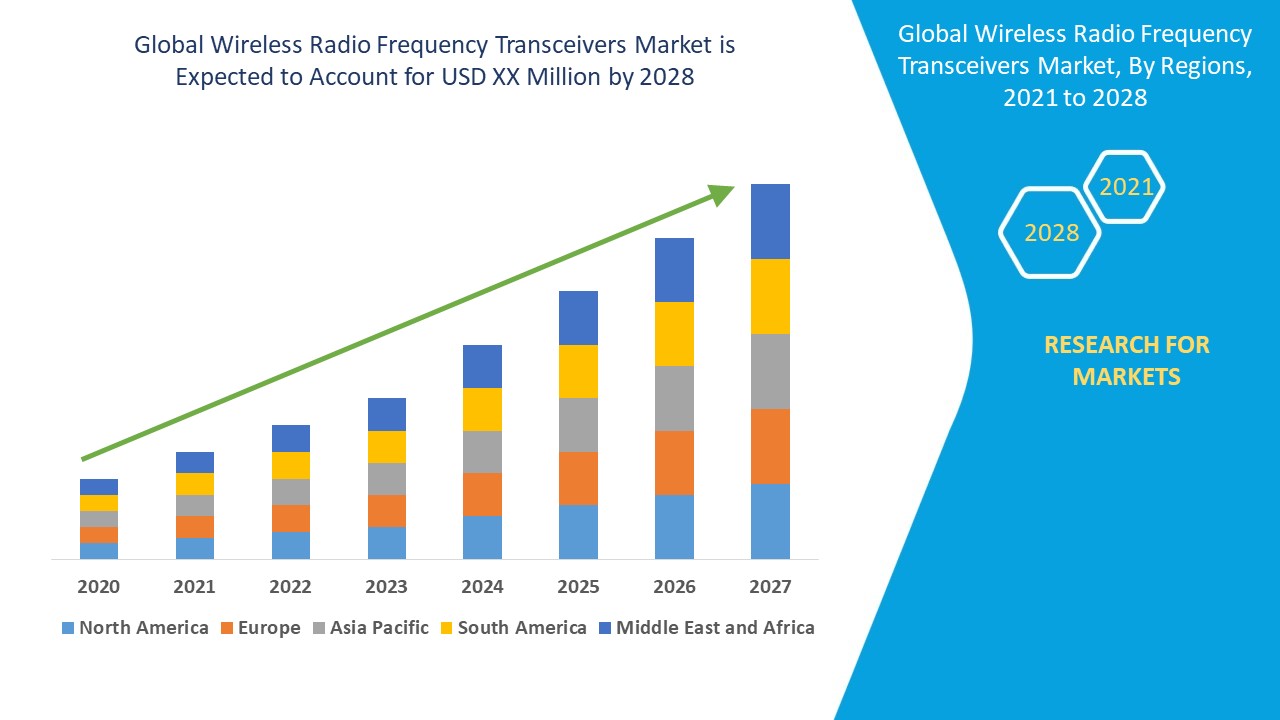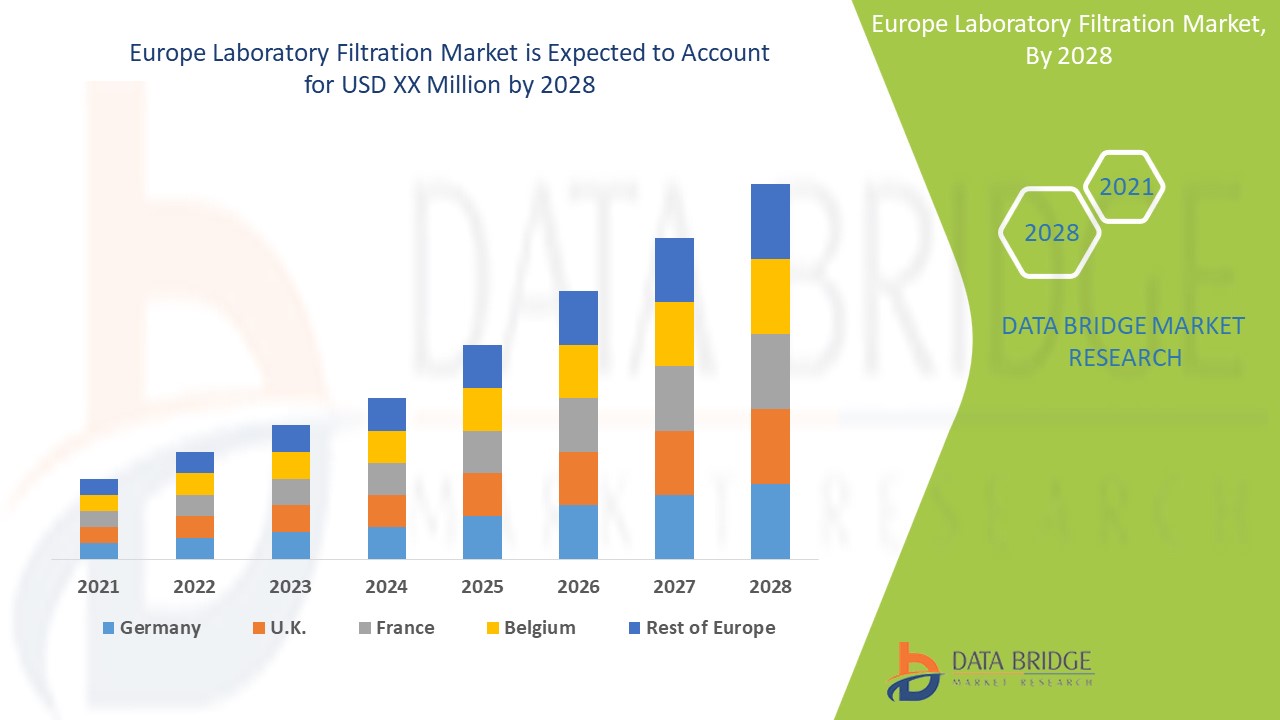Aircraft Engine Market Size, Growth, and Trends Forecast 2025-2033
The global aircraft engine market size reached USD 101.2 Billion in 2024. Looking forward, IMARC Group expects the market to reach USD 169.7 Billion by 2033, exhibiting a growth rate (CAGR) of 5.87% during 2025-2033.

Market Overview:
The aircraft engine market is experiencing rapid growth, driven by precision farming adoption surges, regulatory hurdles persist, and sustainability drives demand. According to IMARC Group's latest research publication, "Aircraft Engine Market Report by Component (Fan, Compressor, Combustor, Turbine, Mixer, Nozzle, and Others), Engine Type (Piston and Turboprop Engine, Turbojet Engine, Turboshaft Engine, Turbofan Engine), Platform (Fixed Wing, Rotary Wing), End User (Commercial Aviation, Military Aviation), and Region 2025-2033", The global aircraft engine industry size reached USD101.2Billionin2024. Looking forward, IMARC Group expects the market to reachUSD169.7Billionby2033, exhibiting a growth rate(CAGR) of5.87%during2025-2033.
This detailed analysis primarily encompasses industry size, business trends, market share, key growth factors, and regional forecasts. The report offers a comprehensive overview and integrates research findings, market assessments, and data from different sources. It also includes pivotal market dynamics like drivers and challenges, while also highlighting growth opportunities, financial insights, technological improvements, emerging trends, and innovations. Besides this, the report provides regional market evaluation, along with a competitive landscape analysis.
Download a sample PDF of this report: https://www.imarcgroup.com/aircraft-engine-market/requestsample
Our report includes:
- Market Dynamics
- Market Trends And Market Outlook
- Competitive Analysis
- Industry Segmentation
- Strategic Recommendations
Industry Trends and Drivers:
- Increasing air travel demand:
The global rise in air travel demand is impelling the growth of the market. Factors, such as a growing middle class, increased disposable income, and the expansion of low-cost airlines contribute to more passengers choosing air travel over other modes of transport. This trend is particularly evident in emerging economies, where the aviation sector is experiencing rapid growth. As airlines strive to expand their fleets to accommodate more travelers, the need for efficient and high-performance aircraft engines escalates. Furthermore, the rise in international air travel is further driving the demand for new aircraft and their respective engines. This trend is resulting in significant investments in aircraft engine development and production, ultimately enhancing the capabilities of airlines to meet the evolving needs of passengers.
- Technological advancements:
Technological advancements in aircraft engine design and materials are reshaping the market landscape. Innovations, such as the development of high-bypass turbofan engines, improve fuel efficiency, reduce emissions, and enhance overall performance. Manufacturers are increasingly adopting lightweight materials, such as carbon fiber and advanced alloys, to improve engine efficiency and reduce weight. Additionally, the introduction of digital technologies, including artificial intelligence (AI) and machine learning (ML), facilitates predictive maintenance and optimizes engine performance, resulting in lower operational costs for airlines. These advancements not only meet regulatory requirements for emissions and noise reduction but also enhance the competitive edge of airlines by improving operational efficiency. As airlines seek to enhance the sustainability and performance of their fleet, the focus on cutting-edge technology in aircraft engines is increasing.
- Environmental regulations and sustainability initiatives:
Stricter environmental regulations and the growing emphasis on sustainability are positively influencing the market. Governments and international organizations are implementing stringent emissions standards aimed at reducing the carbon footprint of the aviation industry. In response, engine manufacturers are investing in research and development (R&D) to create greener technologies, including alternative fuels and hybrid-electric engines. Airlines are under increasing pressure to enhance their sustainability initiatives, leading to a preference for engines that comply with evolving regulations and offer reduced emissions. The shift towards sustainable aviation fuels (SAFs) also presents new opportunities for engine manufacturers to innovate and develop compatible engines. As sustainability becomes a priority for both regulators and consumers, the demand for advanced aircraft engines designed with environmental considerations is rising.
Leading Companies Operating in the Global Aircraft Engine Industry:
- Barnes Group Inc.
- General Electric Company
- Honeywell International Inc.
- IHI Corporation
- Mitsubishi Heavy Industries Ltd.
- MTU Aero Engines AG
- Raytheon Technologies Corporation
- Rolls-Royce Holdings plc
- Safran S.A.
- Textron Inc.
Aircraft Engine Market Report Segmentation:
Breakup By Component:
- Fan
- Compressor
- Combustor
- Turbine
- Mixer
- Nozzle
- Others
Turbine exhibits a clear dominance in the market. It is integral to aircraft engine performance, providing the necessary thrust and efficiency for various aircraft types.
Breakup By Engine Type:
- Piston and Turboprop Engine
- Turbojet Engine
- Turboshaft Engine
- Turbofan Engine
Turbofan engine represents the largest segment owing to its high efficiency, reduced noise levels, and lower emissions, making it the preferred choice for commercial airliners and business jets.
Breakup By Platform:
- Fixed Wing
- Rotary Wing
Fixed wing holds the biggest market share as it is the most common type of aircraft in operation, used extensively for passenger and cargo transport.
Breakup By End User:
- Commercial Aviation
- Military Aviation
Commercial aviation accounts for the majority of the market share because of the increase in air travel activities among the masses.
Breakup By Region:
- North America (United States, Canada)
- Asia Pacific (China, Japan, India, South Korea, Australia, Indonesia, Others)
- Europe (Germany, France, United Kingdom, Italy, Spain, Russia, Others)
- Latin America (Brazil, Mexico, Others)
- Middle East and Africa
North America dominates the market attributed to its robust aerospace manufacturing base, home to major players, along with a strong focus on research that drives innovation and technological advancements in engine design and production.
Research Methodology:
The report employs a comprehensive research methodology, combining primary and secondary data sources to validate findings. It includes market assessments, surveys, expert opinions, and data triangulation techniques to ensure accuracy and reliability.
Note: If you require specific details, data, or insights that are not currently included in the scope of this report, we are happy to accommodate your request. As part of our customization service, we will gather and provide the additional information you need, tailored to your specific requirements. Please let us know your exact needs, and we will ensure the report is updated accordingly to meet your expectations.
About Us:
IMARC Group is a global management consulting firm that helps the worlds most ambitious changemakers to create a lasting impact. The company provide a comprehensive suite of market entry and expansion services. IMARC offerings include thorough market assessment, feasibility studies, company incorporation assistance, factory setup support, regulatory approvals and licensing navigation, branding, marketing and sales strategies, competitive landscape and benchmarking analyses, pricing and cost research, and procurement research.
Contact Us:
IMARC Group
134 N 4th St. Brooklyn, NY 11249, USA
Email: sales@imarcgroup.com
Tel No:(D) +91 120 433 0800
United States: +1-631-791-1145






























